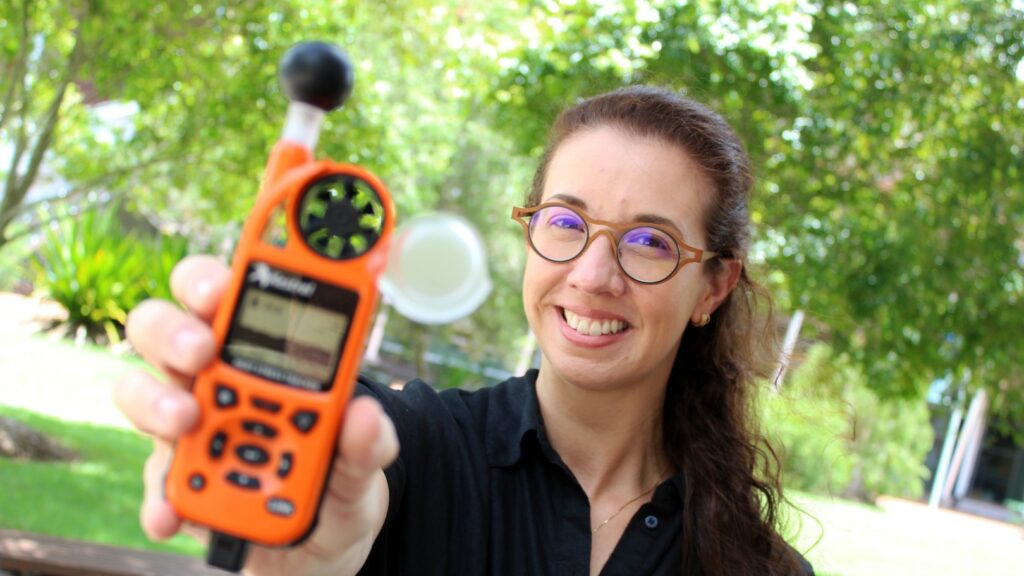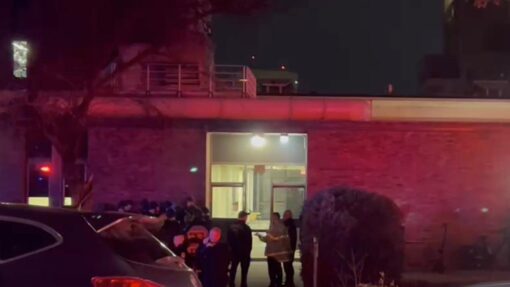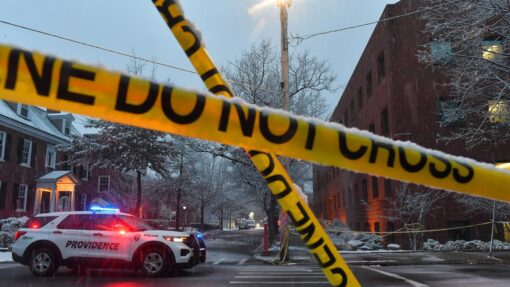Sunshine Coast heat traps to get a cool change
Richard Dinnen - Queensland Editor |

A study is underway to detect urban hot spots on the Sunshine Coast and find ways to cool them down using high-tech 3-D modelling.
The Cool Urban Forests project is being delivered through the University of the Sunshine Coast (UniSC) and Sunshine Coast Council’s Regional Partnership Agreement.
UniSC senior lecturer in urban design and town planning, Silvia Tavares, said heat absorbed by buildings and pavements becomes trapped, causing urban areas to heat up, sometimes up to five degrees hotter than rural areas.
“An urban area where higher temperatures occur from trapped heat is known as an urban heat island (UHI), and the effect adds to heatwave risk.
“Planting trees in the streets, parks, and gardens of our urban areas is vital to reduce UHI effects and prepare our community for the heat-related impacts of climate change.”
Trees provide shade, and the water in their leaves also cools the air by taking heat energy from the environment and lowering the air temperature.
The two-year project will look at how mapping technologies like satellite imaging and airborne surveys using laser and thermal sensors can find neighbourhood hot spots that may be trapping heat.
“Once potential hot spots are found, we will create a sophisticated 3-D microclimate model for various neighbourhoods to help us understand what might be causing the overheating down at the street level,” Dr Tavares said.
“We can also change the 3-D model and look at possible future urban developments, to look at different sizes or species of trees, improved building and roof materials, or higher and lower urban densities.

“The research will help Council understand how mapping, sensor and modelling technology can help inform and improve policy and planning for urban design.
“Development rules and urban design processes can be complex, and this research will help guide Council to find the right place for the trees so they can keep us cool.”
Environment and Liveability Portfolio Councillor, Maria Suarez, said the Cool Urban Forests project would help people understand the impacts of rising heat and enhance the future liveability of the region.
“This is a really exciting project and Council looks forward to seeing what the results mean for future urban design.
“In 2016 Sunshine Coast Council commissioned a CSIRO report, Future Climate of the Sunshine Coast, which showed we will be exposed to increases in average temperatures and more days over 35 degrees.
“This information can help planners and designers provide cooler and more comfortable open spaces for our community.
“This research will provide evidence to support Council’s efforts to advocate and regulate for positive change, while informing future design opportunities.”



